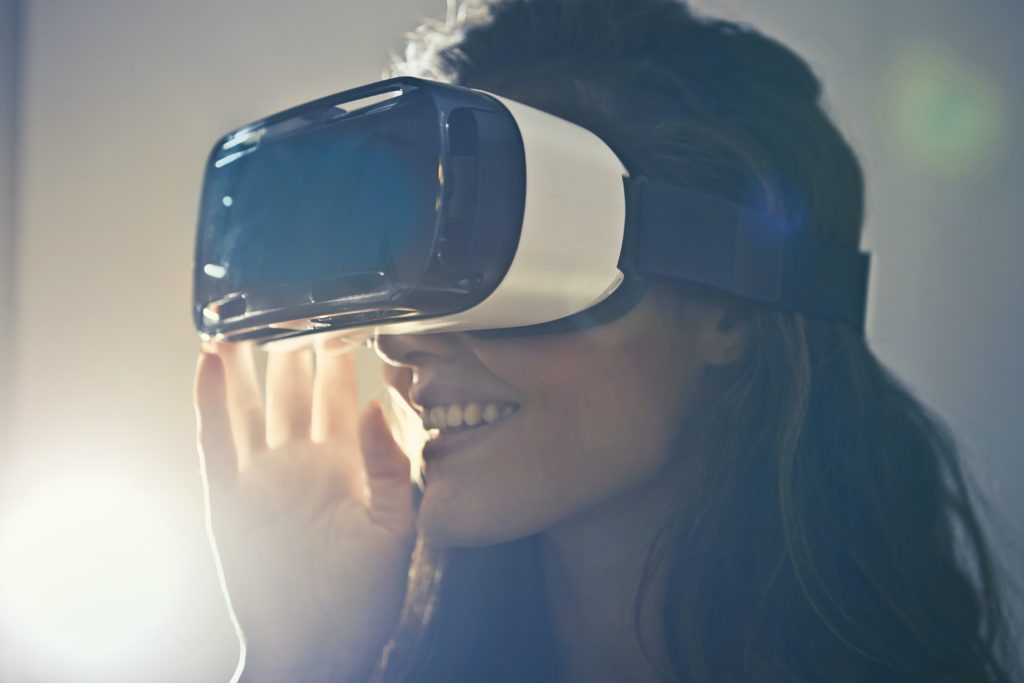Regulatory considerations in the US

Virtual Reality (VR) is a technology that recreates a 3D environment while using a combination of advanced software, hardware and design. It can bring direct clinical benefits to people suffering from pain and anxiety, or who are in need of rehabilitation .
In the United States of America as well in Europe, VR solutions are marketed as medical devices.
This paper proposes to precise the regulatory framework for placing VR solutions on the market in the US.
If a VR solution is considered from a regulatory point of view as a device, the question “what is a medical device” should be answered first.
“Device” means an instrument, apparatus, implement, machine, contrivance, implant, in vitro reagent, or other similar or related article, including any component, part, or accessory, which is:
- recognized in the official National Formulary, or the United States Pharmacopeia, or any supplement to them,
- intended for use in the diagnosis of disease or other conditions, or in the cure, mitigation, treatment, or prevention of disease, in man or other animals, or
- intended to affect the structure or any function of the body of man or other animals, and which does not achieve its primary intended purposes through chemical action within or on the body of man or other animals and which is not dependent upon being metabolized for the achievement of its primary intended purposes.
Second, medical devices are classified into 3 classes: Class I, Class II and Class III . Each class is defined by their intended use of the device and upon indications for use.
Determination of class is very important as it will also determine how to proceed to market with the device.
The two major pathways of application procedure are Premarket notification (510(k)) and the premarket approval (primarily for class III devices). For a low or moderate risk device, the de novo process may be an option.
To illustrate the market submission options, we will focus on 2 VR solutions recently authorized by FDA. The first one is EaseVRx, which is the first approval granted by FDA for a VR therapy. It is a prescription-use immersive virtual reality system intended to provide adjunctive treatment based on cognitive behavioral therapy skills and other evidence-based behavioral methods for patients (age 18 and older) with a diagnosis of chronic
lower back-pain (defined as moderate to severe pain lasting longer than three months). The device is intended for in-home use for the reduction of pain and pain interference associated with chronic lower back pain .
The FDA reviewed it through the De Novo premarket review pathway. In order to classify the EaseVRx into class I or II, it was necessary that the proposed class have sufficient regulatory controls to provide reasonable assurance of the safety and effectiveness of the device for its intended use. After review of the information submitted in the De Novo request, FDA has determined that, for the previously stated indications for use, the EaseVRx can be classified in class II with the establishment of special controls for class II.
This action creates a new regulatory classification, which means that subsequent devices of the same type with the same intended use may go through the FDA’s 510(k) premarket process, whereby devices can obtain marketing authorization by demonstrating substantial equivalence to a predicate device .
The second VR solution recently authorized by FDA (November 10, 2021) is InVisionOSTM which is a VR preoperative planning tool. InVisionOSTM software automatically converts the patient’s computed tomography (CT) scan from any PACS system into a 3D reconstruction within seconds. Surgeons can then use the Oculus Quest 2 to view, manipulate and isolate relevant anatomical areas prior to performing the actual surgical procedure .
FDA issued on November 10, 2021, a 510(k) clearance which is a pre-market notification process by which the FDA “clears” a medical device for marketing. In the premarketing notification process, the device sponsors must establish that their device is “substantially equivalent” to a legally marketed device. The legally marketed device to which equivalence is drawn, is known as the “predicate” device.
The device is subject to general provisions of the Act to be marketed which include requirements for annual registration, listing of devices, good manufacturing practice, labeling, and prohibitions against misbranding and adulteration .
The regulatory considerations do not stop once the VR solutions are marketed. Manufacturers, distributors, importers have obligations relative to quality systems requirements or Good Manufacturing Practices (GMP) but also relative to packaging and labeling requirement, vigilance and advertising.
1- https://vrforhealth.com/#welcome
2- Section 201(h) of the Federal Food, Drug and Cosmetic Act (FD&C Act)
3- 21 CFR Part 860
4- FD&C Act 513, [360c], Classification of devices intended for human use ; devices classes
5- Classification order, EasyVRx, DEN210014
6- FDA News release, November 16, 2021: FDA authorizes marketing of virtual reality system for chronic pain reduction

